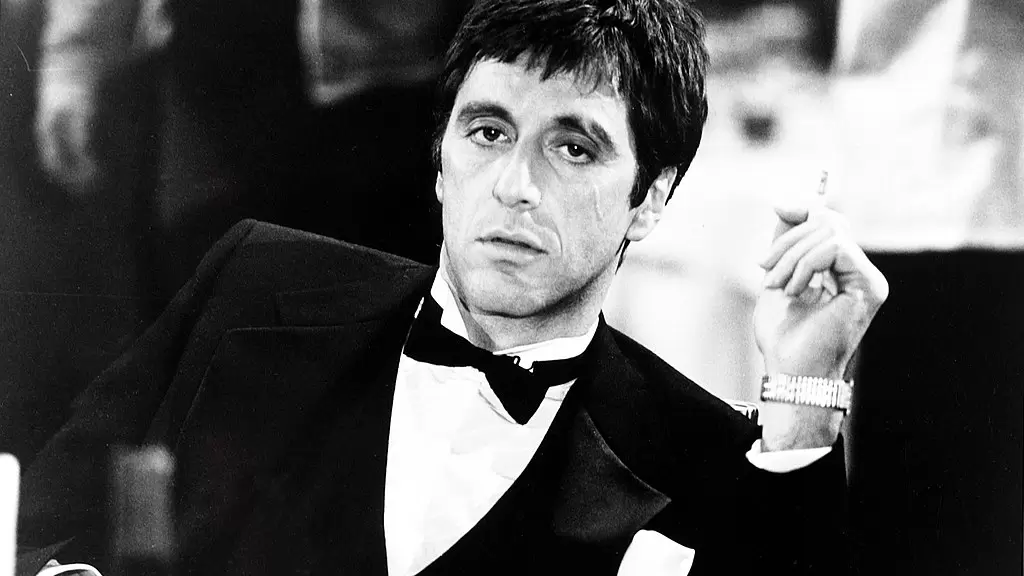Contemporary Art in the Third Industrial Revolution
With the rise of new technologies, a third Industrial Revolution is well underway – and it’s affecting the art market.


For decades, the collision of art and technology has empowered artists to take bold, creative new directions in their work. With the rise of new technologies like virtual reality (VR), artificial intelligence (AI) machine learning (ML), and even neural networks and interfaces, a third Industrial Revolution is well underway that is propelling art into hitherto unforeseen directions.
At the World Government Summit in Dubai held in February 2018, Tesla and SpaceX chief executive Elon Musk claimed that people will eventually become cyborgs in order to maintain an advantage in the emergent information age. A “merger of biological intelligence and machine intelligence” is necessary, Musk claimed, to make sure we stay at a competitive advantage.
Cyborg fetishes aside, London-based artist Mark Farid explores how some of these new technologies are starting to affect human behaviour. For an upcoming work to be presented next month at Ars Electronica in Graz, Austria, Farid will wear a VR headset for 28 consecutive days. Entitled “Seeing I” (2019), the work will take the form of Farid living in the Arebyte Gallery space where he will experience his waking hours as “the simulated life of the Other.” The Other, according to Farid, is an individual who will record a continuous 220×165° HD panorama of all their immediate sights and sounds, facilitated by a headband fitted with miniature camera lenses and microphones, which Farid will watch in real time throughout the day. According to the artist, “Seeing I is a psychological art experiment that examines the implications of surveillance technologies on our experience, and questions how much of the individual is an inherent personality and how large a portion of the individual is conditioned through a cultural identity.” At an exhibition of his work at Fotopub this past July in Novo Mesto, Slovenia, Farid displayed an earlier work of his called Poisonous Antidote, which consisted of all of his personal and professional emails, web browsing, text messages, phone calls, Facebook Messenger, locations, Twitter and Instagram posts, as well as photographs Farid took throughout the month, projected on the wall of the gallery and archived via a website. The work is a thoughtful provocation on the limits of personal versus collective freedom, and by extension the ways in which technology is taking an increasingly more prominent role in our lives.

Mark Farid “Seeing I” (2019)
Machine learning, on the other hand, is also experiencing a kind of Renaissance moment in contemporary art. In the work of Warsaw-based artist Janek Simon, machine learning is employed in unique and novel ways. For a recent exhibition held earlier this year at the Center for Contemporary Art Ujazdowski Castle in Warsaw, the artist developed a project called “Synthetic Poles” (2019), produced via an algorithmic neural network developed to capture the essence of Polish features and facial recognition. To generate new Polish faces, Simon had to feed the algorithm with the portraits of 10,000 real Polish people. Then, Simon instructed the algorithm to generate unique portraits based on the facial characteristics of the original data set. The results were about as stunning, sublime and weird as you could imagine. Faces that resembled a gender-less mass, odd features without recognizable traits, blurred and uncanny. The reason? Neural networks need vast more amounts of data to produce real looking faces, Simon would have needed a data set of hundreds of thousands of faces.
Neural interfaces are also being used by an increasing number of artists today. In an ongoing project first executed in 2016, artist Eva Lee and designer Aaron Trocola show how forms of neural networks can be used to transfigure new forms of art. Using brain-computer interfaces (BCIs) the artists developed a communication pathway between a wired brain and an external sensor device, data which was then projected and animated on a wall behind them. At an incarnation of Lee and Trocola’s project at New York’s annual Spring/Break Art Show, the two sat quietly in the gallery for three minutes, wearing BCIs. For the first minute, they set a baseline for their brainwaves. For the second minute, each recalled a disturbing event, concentrating on it to arouse anxiety. During the third minute, they joined hands. “We’re trying to demonstrate the empathy interaction,” the artists said, as images and frequencies of their brain waves were projected behind them. Their “Dual Brains” project embodies the tipping point of neural networks and interfaces and their use in contemporary art, a technology once confined to research departments in universities.

Eva Lee and Aaron Trocola “Dual Brains”
What we see in works such as these is a desire to break free from traditional media. Since the times of Da Vinci, artists have long been influenced by their contemporaries in science and technology. Using tools like AI, VR, Machine Learning and neural interfaces, artists today are ripping apart the old playbook, disrupting, hacking and yes, creating art anew.
Also published on Medium.





